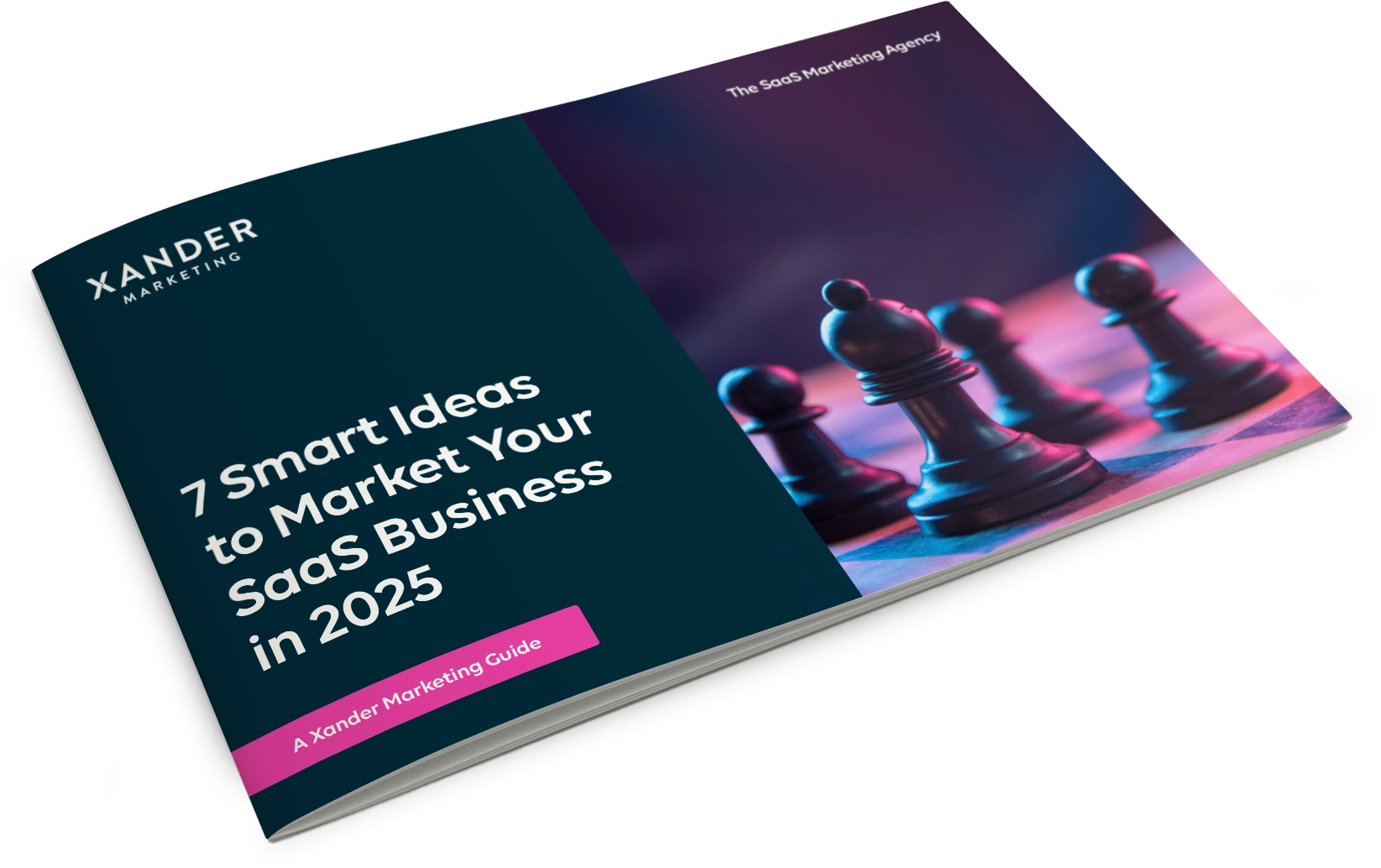How SaaS content clusters can help you score highly on SERPs
31st August 2022

Where once it was enough for SaaS companies to choose the right keywords, SEO optimisation is increasingly becoming subtler and more user-centric, ensuring your site offers genuine value and a streamlined experience.
Amongst Google’s algorithmic preferences is a bias toward the topic cluster model. In this model, a single page is created as a hub for a wider topic, with a number of related pages exploring different aspects of the subject and linking back to the hub.
Not only is this an analogue for the way we naturally search and learn, but linking and re-linking signals to Google’s algorithm that the central or “pillar” page is a key authority on the topic. This lends domain authority and pushes the pillar page higher up the SERPs.
Read on to learn how organising your SaaS content into topic clusters can increase your standing on SERPs and position you as a thought leader.
What Are Content Clusters?
Content clusters are groups of pages centred around a single piece of content. The pillar page should give a broad overview of a subject, making it most likely to rank highly in SERPs for queries about that subject.
It also contains links to a number of cluster pages, each of which goes into a certain aspect of the central topic in greater detail, answering potential follow-up questions. These pages in turn link back to the pillar page, allowing site visitors to return and explore another aspect of the topic.
In terms of keywords, your pillar pages can target general keywords with a high search volume, while also benefiting from backlinks on cluster pages with less competitive keywords. The result is increased SERP positioning, as well as maintaining the interest of quality and relevant leads.
How to Create Content Clusters
Before restructuring your site content, complete an audit of your existing content to gain an appreciation of the topics you cover thoroughly. Group content together by topic focus, amalgamating or removing redundant or repetitive content.
Next, create a pillar page for each group. This should cover all the key aspects of the topic at hand. Frame it as an introductory piece, addressing the pain points that may lead people to the page. You can then add links to cluster content, either as a list at the bottom of the page, in the form of FAQs, or scattered through the main text.
Now take another look at each piece of existing cluster content in the light of your new topic focus, editing it where necessary to remain relevant without being repetitive. Consider any pieces of new content you could create to fill gaps in your existing cluster. Doing so will ensure thorough coverage of the topic and give readers a sense of your expertise.
Lastly, make sure each piece of cluster content links back to the pillar page. Each backlink in a cluster should have the same anchor text to signal to search engines that it’s part of the same group.
Contextual Authority
The old marketing adage states that content is king, but let’s not forget context. After all, a blog post with the search term “cloud” could be relevant to SaaS solutions or to meteorologists depending on the context of that term.
Google’s algorithm learns context from on-page elements like URL, headings, subheadings, calls to action, and in-text keywords. It also takes links and backlinks into account. By linking your specific content pages back to broader contextually relevant pillar pages, you can give Google greater insight into each page’s intent and target audience.
Your content clusters can also create a better picture of your website’s expertise, showcasing breadth as well as depth. A cluster of ten or more interlinked, contextually related yet non-repetitive pages can be seen as thorough and expert coverage of a topic. This not only raises your pillar page in Google’s rankings, but assures readers of your thought leadership.
Site Navigation
A well-structured site is critical for increasing dwell time and guiding potential customers toward conversion. Because search engine algorithms reward positive user experience, focusing on the user journey can help with SEO strategy as well.
Content clusters provide a map and compass for search engine algorithms, helping them gain a semantic understanding of how your pages interrelate. By adding several cluster pages that link back to a pillar page, you can inform Google’s algorithm that the pillar page is a central authority on that topic within your site.
This makes the main page more likely to rank well on its own, rather than competing with other content on your site. The result is users being taken straight from the SERP to a central page that answers their topic in broad strokes and provides options for follow-up questions, all without leaving your site.
Natural Language Search
Content clusters are designed to work with the way we naturally search. Thanks to voice search and tools such as Alexa, Siri and OK Google, we are now much more accustomed to searching conversationally, asking questions and using full sentences.
With AI on their side, search engines have adapted to this, relying less on individual keywords. Google’s algorithm is now able to determine the intent behind and connections between queries, ranking the relevance and importance of particular phrases within a page. Google has also adopted neural net technology, which understands and ranks subtopics relevant to a broader question.
Audience Targeting
SEO shouldn’t just be about driving as much traffic as possible to your site. It should be about driving quality leads, who will find genuine value in your site’s content.
Your SaaS brand probably targets multiple audiences when it comes to B2B content creation and social media marketing. Each of these audiences will have different problems and pain points, and be drawn to different content as a result.
Instead of trying to create landing pages that appeal equally to all your audiences, why not create distinct content clusters for each persona? Clusters can help Google to conceptualise the intent behind different pieces of content, and target the right audiences with the right pages.
User Experience
At its heart, SEO is about UX. Keywords and rankings can seem all-important when we’re in a bidding war for a search term, but at the end of the day Google’s goal is to help people find answers to real problems as quickly as possible.
By restructuring your content, you can use your own knowledge of your target audience to focus on particular pain points and intentions, building clusters of content that adds value around a comprehensive core topic.
Imagine potential customers’ relief upon finding a central knowledge hub with links to articles that answer each of their questions in greater detail. This will keep users engaging directly with your site, returning to the pillar page after each article to choose another piece of content to read. This in turn lowers your bounce rate, which will be noted and rewarded by Google.
Make your content count with Xander Marketing
By arranging your content into topic clusters, you can not only reach the top of your chosen SERPs, but also centralise user experience in your site’s organisation.
In time, your clusters of content will become an authoritative and accessible library, marking you out as a thought leader and pushing you up the rankings for context and semantics, as well as keyword optimization.
At Xander Marketing, our work spans every area of strategic marketing from SEO optimisation to content marketing to user experience, helping you bring them all together into a cohesive strategy. With our guidance, you can ensure your quality content reaches the right audience, enhances your authority, and drives conversions.
Are you looking to take your content to the top of Google’s results pages? Book your free 30-minute consultation today.





